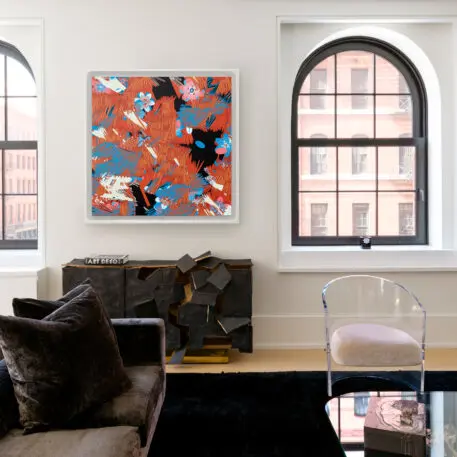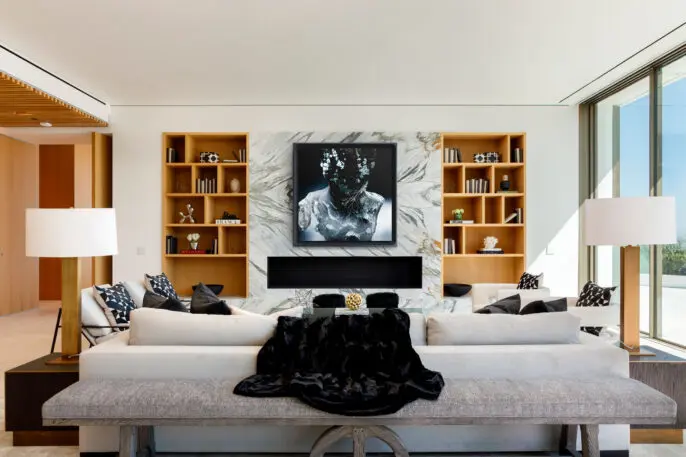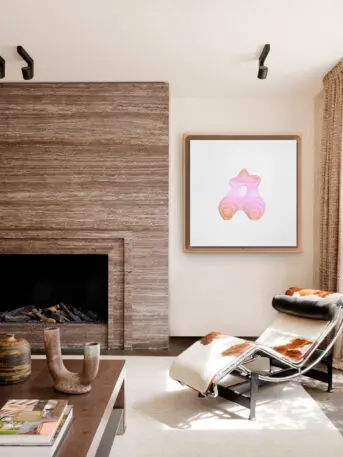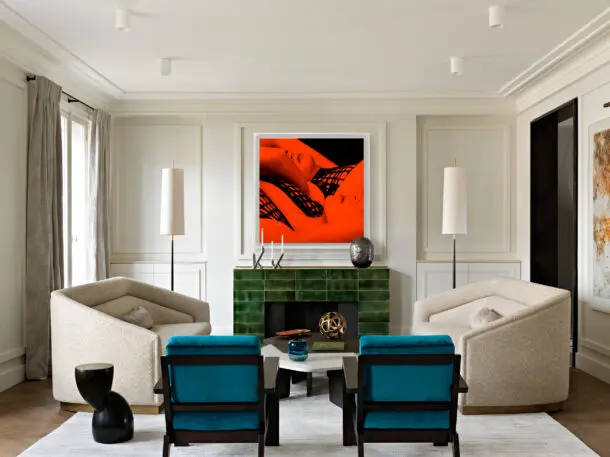At this year’s edition of The Armory Show, a major annual international art fair opening in New York on September 9, the big ticket paintings of contemporary artists and the collections of top-tier art galleries will be joined by a slightly odd debut exhibitor called Danvas. It’s not an art maker nor an art dealer: It’s an art display. Measuring four feet by four feet and selling for $34,500, Danvas’s display is a high-end screen for showing a type of art that seems to suddenly be everywhere.

“We think [digital art] is just as beautiful and just as worthy as anything else hanging at the Armory and we want the traditional art world to see it that way,” says Jeanne Anderson, cofounder of Danvas. “We also want digital artists to be celebrated that way.”

If the works did get sold, they’d typically be displayed on a repurposed television, tablet, or computer, or, more commonly, on the tiny screen of a phone, “which is just not how the world should be seeing beautiful digital art,” Anderson says.

The Danvas Series G, the company’s first retail product, is making its launch at the Armory Show with an exhibition of works by seven digital artists. Designed by industrial design studio Ammunition, known for its work on the Beats by Dre headphones (and the trophy for Fast Company‘s Innovation by Design awards), the display uses Micro LED technology for a glare-free presentation. “You can appreciate it in any light,” Anderson says. The screen is surrounded by a wooden frame that also doubles as an acoustic channel for digital art that has audio elements.
Displaying digital art at this size and clarity is not cheap. The Danvas Series G’s $34,500 price tag, Anderson says, is a reflection of the quality of the technology and the elegance of the design, but also an argument for the legitimacy of digital art. “We intentionally decided that our first product would be a large-scale, really stunning Micro LED display, because we think this artwork is worthy of being hung that way,” Anderson says. “At the premium art level, when you’re talking about other artwork that’s selling at the Armory, the frames that those artworks are hung in are also in that price range.”

Indeed, some digital art is now valued similarly to the works of well-known non-digital artists. In a recent video call, Anderson points to one of the Danvas displays on her office wall showing a work by the digital artist Pak, who recently sold nearly $17 million worth of NFTs at a Sotheby’s auction. “I wouldn’t put that into a TV turned on its side,” Anderson says.

For all the forgettable NFTs available on crypto markets, there is still a growing cadre of serious digital artists pushing the boundaries of contemporary art, Anderson says. Danvas is in conversations with many of these artists about partnerships and ways to improve the Danvas display for emerging forms, such as generative art.
Though Anderson says the company wants its displays to help push digital art forward, at their core the displays are meant to give this art a place to be shown and appreciated. “Collectors who really care about their artwork and want to make sure it’s seen in a beautiful display are people that are at the heart of what we think about on a daily basis,” she says.
Recognize your brand’s excellence by applying to this year’s Brands That Matter Awards before the early-rate deadline, May 3.